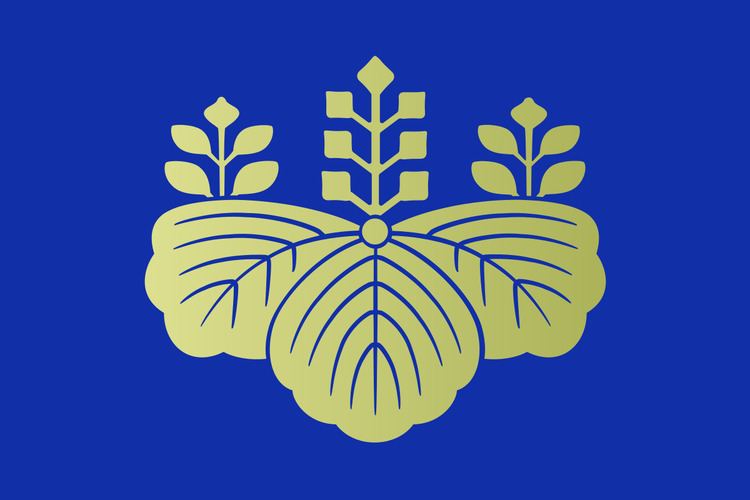 | ||
The Cabinet of Japan (内閣, Naikaku) is the executive branch of the government of Japan. It consists of the Prime Minister, who is appointed by the Emperor after being designated by the National Diet, and up to nineteen other members, called Ministers of State. The Prime Minister is designated by the Diet, and the remaining ministers are appointed and dismissed by the Prime Minister. The Cabinet is collectively responsible to the Diet and must resign if a motion of no confidence is adopted by the Diet.
Contents
Appointment
Under the constitution, Cabinet ministers are appointed after the selection of the Prime Minister. A majority of the Cabinet, including the Prime Minister, must be members of the Diet, and all members must be civilians. Under the Cabinet Law, the number of Cabinet Ministers (excluding the Prime Minister) must be fourteen or less, but this may be increased to nineteen if a special need arises. In the event that the Cabinet collectively resigns it continues to exercise its functions until the appointment of a new Prime Minister. While they are in office, legal action may not be taken against Cabinet ministers without the consent of the Prime Minister. The Cabinet must resign en masse in the following circumstances:
Powers
The Cabinet exercises two kinds of power. Some of its powers, while in practice exercised in accordance with the binding instructions of the Cabinet, are nominally exercised by the Emperor with the "advice and approval" of the Cabinet. Its other class of powers are exercised by the Cabinet explicitly. Contrary to the practice in many constitutional monarchies, the Emperor of Japan is not even the nominal Chief Executive. Instead, the Constitution explicitly vests executive authority in the Cabinet.
In practice, much of the Cabinet's authority is exercised by the Prime Minister. Under the Constitution, the Prime Minister exercises "control and supervision" over the executive branch, and no law or Cabinet order can take effect without the Prime Minister's countersignature (and the Emperor's promulgation). While Cabinet Ministers in most other parliamentary regimes theoretically have some freedom of action (within the limits of cabinet collective responsibility), the Japanese Cabinet is effectively an extension of the Prime Minister's authority.
Powers exercised via the Emperor
Explicit powers
Current Cabinet of Japan
The members of the current cabinet of Japan headed by the Liberal Democratic Party lawmaker Shinzō Abe as of 3 August 2016 are as follows:
